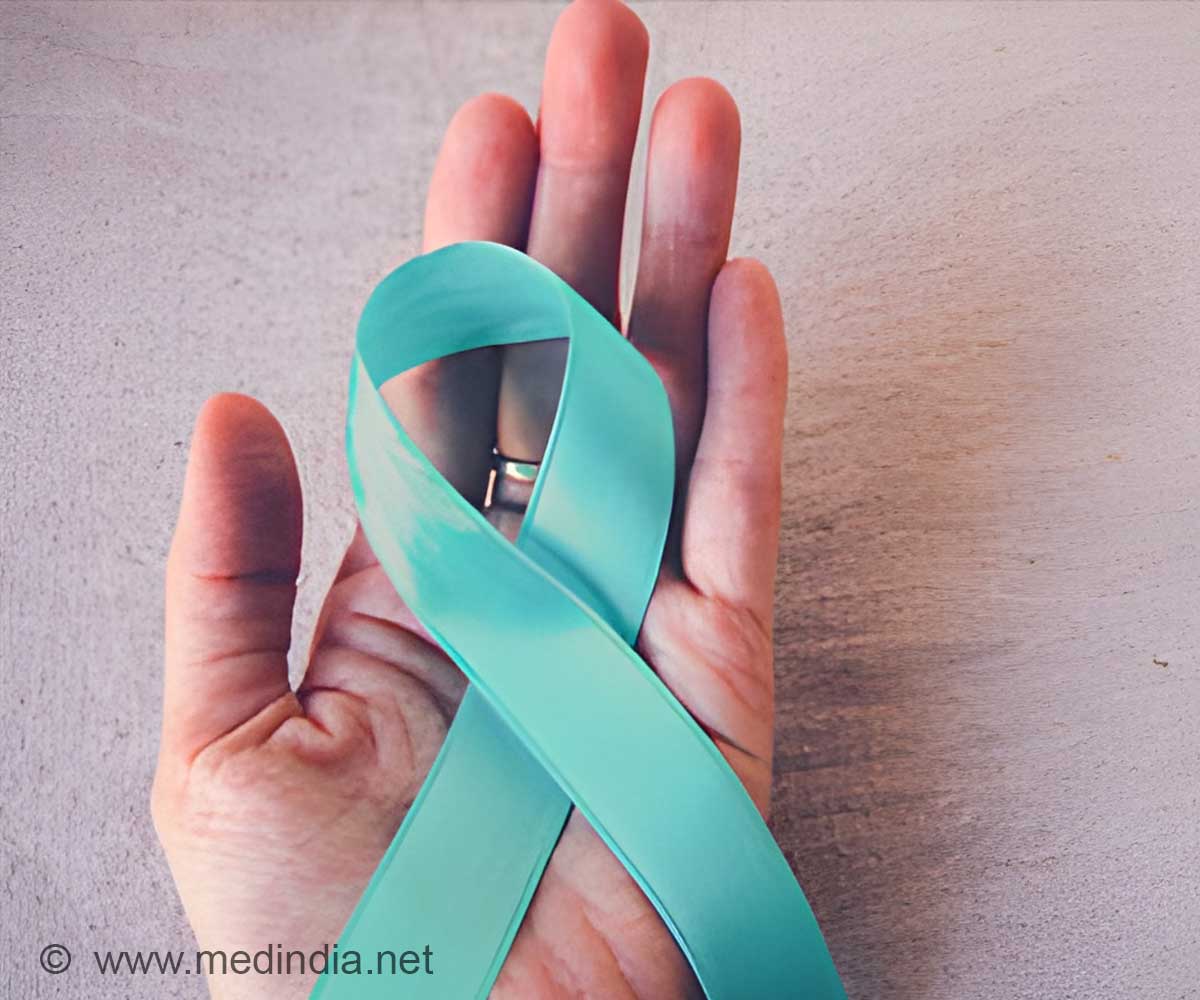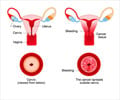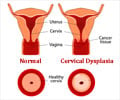Women with cervical cancer whose treatment follows national guidelines for care have better survival, regardless of race, ethnicity or stage of cancer.

TOP INSIGHT
Black, Hispanic women are less likely to receive guideline-based care, especially at high-volume hospitals.
For black and Hispanic women, it's just over half, a new study finds. And that could help explain why cervical cancer outcomes tend to be worse for these women.
Researchers looked at records from 16,195 patients treated between 2004 and 2012 for locally advanced cervical cancer. Patient information was reported to the National Cancer Database, which represents 96% of the cervical cancer cases in the United States.
To determine whether patients received care in line with national guidelines, the team looked at who received radiation therapy. Overall, 57% of patients received guideline-based care. But those rates varied based on race, from 58% in white women to 53% in black women and 51% in Hispanic women.
What might be most surprising is that a larger gap in guideline-based care was seen among patients treated at centers that saw a large volume of cervical cancer patients, compared to low-volume hospitals.
"It's clear that the more surgeries you do, the better you get. But the 'more is better' mantra may not apply to guideline-concordant care," he says. "These are facilities that know what to do and they're doing it. But they're not doing it consistently across all populations."
"Overall, it's better for everyone. We're closing the gap, but there's still a gap. Even in 2012, we see a 5 percentage-point gap in guideline-based therapy," Uppal says.
The study, published in Obstetrics & Gynecology, did not address reasons why patients might not have received guideline-based care. The researchers plan to interview individual patients to better understand the reasons for this disparity, and why there might be barriers to some patients getting treatment.
Not that care will ever be 100% aligned with guidelines - there are too many complicated factors for each individual patient. But Uppal expects rates around 75% would be a reasonable goal. That's comparable to other types of cancer.
"Understanding the 'why' behind our findings is important - not just for minority populations but for all. We can do better," Uppal says.
Source-Eurekalert
 MEDINDIA
MEDINDIA




 Email
Email










